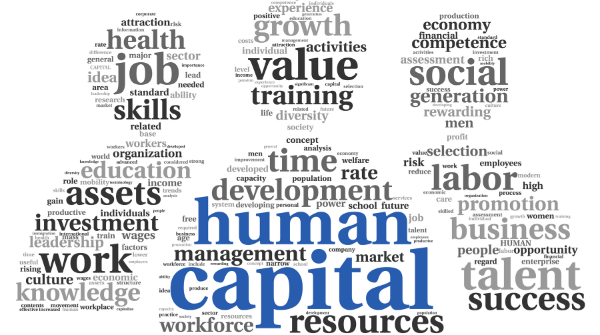This week, we consider how you can keep your employees’ competencies up to date despite the shifts in the work they’ve been asked to perform since the pandemic started.
Even before the pandemic, the World Economic Forum sounded an alarm by announcing: “The world is facing a reskilling emergency. We need to reskill more than 1 billion people by 2030.”
That was in January 2020. At the time, the Forum was anticipating a vast disruption of work due to the continued development of touchless digital technologies, the emergence of AI, continued inroads of robots in production facilities, and radical transformation of mobility and transportation with the emergence of electric cars and trucks.
The pandemic caused a crash course in adaptation, and what was expected to take years happened in months. McKinsey’s studies have shown that countries that are ahead of the post-pandemic phases (such as China, Korea, and Singapore) do experience lasting and possibly permanent consumer behaviors; there may never be a “back-to-normal”.
“The pandemic caused a crash course in adaptation, and what was expected to take years happened in months.“
Changes in demand have triggered changes in work. Retail jobs in malls are replaced by warehousing jobs in Amazon facilities. In the Economist, McKinsey think-tank researcher Susan Lund said in January, “Firms are not just going back pre-pandemic, but completely re-imagining how they work.”
We are seeing this shift in our execution advisory work. Most of our clients have pivoted in their strategy or delivery, whether their performance suffered or improved due to shifts in demand. The impact has been an increasing misalignment between employees’ competencies and the changing nature of their work.
We are seeing this concerning trend in our client data coming from Line-of-SightSM. Line-of-Sight SM is the data tool we use in our execution work.
We run an “organization health scan” to assess the baseline of our new clients. The scan measures the client execution capabilities on a scale from 0 to 100.
Recently, a new client’s health scan showed a “Human Capital” score of 68, well below their aggregate score.
Detailed scan data revealed that employees were not receiving the training and development they needed to perform the activities the new strategy was requiring. We were also seeing the beginning of another concerning trend: senior management stating that they struggled to attract and retain human capital. We usually see a correlation between these two trends: when current employees lack the skills to do their job well, it often means that the organization has yet to redefine the competencies they need to succeed; that lack of clarity shows in job descriptions and during interviews and drives off talented candidates.
The post-pandemic phase will be a challenge for Learning & Development teams and for hiring teams. We expect our execution interventions in the post-pandemic 2021 to help clients balance the specialization of work (hiring specialists for narrow tasks requiring deep expertise such as digital, supply chain analytics, and robotics) with resiliency and adaptability – hiring or retraining employees to be versatile and adaptable. Some are calling this “superlearning”: improving skills and capabilities at the individual, team and organization levels and powered by data to make the workforce more flexible to change and to future crises.
To learn more about enhancing your own execution, please reach and we will initiate an assessment of your execution capabilities.


